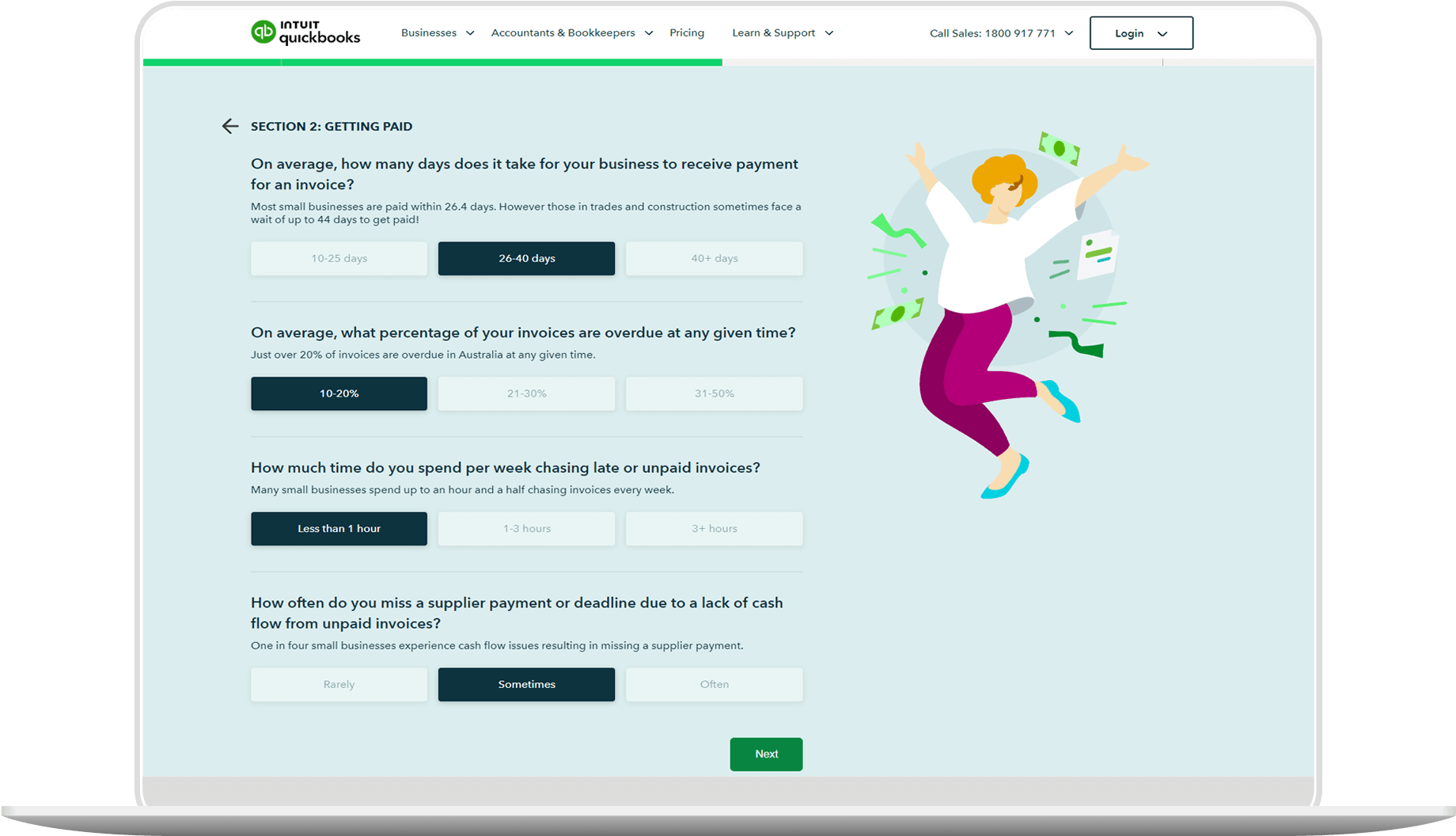1. Calculate all forms of income
Whether you’re optimising your personal spending or building a small business budget, your first step should be aggregating all of your forms of income. Your net income determines how much you can afford to spend. And it indicates your take-home pay and whether your business performance is growing or stagnating.
To find out how much money your business is bringing in, refer to your profit and loss statements. Depending on your business model, you may have several income sources, so be sure to include any revenue streams in this section.
2. Subtract your fixed costs (or fixed expenses)
Once you’ve added all of your business’s income together, you can subtract your fixed costs. Fixed costs, also called fixed expenses, are expenses that remain consistent throughout the year. Whether you pay bills monthly, weekly or annually, you can expect to spend a set amount of dollars on each expense. These costs are easy to predict, so they’re easy to work into your budget. The one-off expenses, or variable costs? Not so much—more on that in a minute.
Examples of fixed costs include:
- Commercial rent or mortgage
- Operational utilities
- Loan payments
- Insurance bills
- Employees’ salaries
Once you’ve tallied up your fixed expenses and costs, you can subtract that number from the total income you calculated in step one.
3. Subtract your variable expenses
In addition to fixed costs, your small business might anticipate monthly operating expenses that may not always be the same amount. These variable expenses may be harder to predict, but you can refer to old receipts and invoices to estimate them.
Examples of variable expenses your business may incur include:
- Material costs
- Commissions
- Billable staff wages (i.e. freelancers, outsourced work, etc.)
After identifying your variable expenses and estimating how much they cost each month, subtract the amount from your income.
4. Prepare for emergency and one-time expenses
Life is full of unexpected circumstances. As a business owner, you’re likely familiar with unexpected expenses. New equipment, hiring expenses and unplanned events can add up, so it’s wise to plan ahead as much as you can and set aside a portion of your budget to cover emergency and one-time expenses.
You can’t predict when you’ll need to pay for an emergency expense or how much it might cost, but you can set aside some cash in your budget to lessen the burden.
5. Create a profit and loss statement
You’ve accounted for your income and fixed, variable and emergency expenses. Now you can better understand your business finances by creating a profit and loss (P&L) statement. A P&L statement is a high-level overview that shows whether your organisation is profitable or in the red.
When you add up all of your income then subtract your total expenses, you should have a positive or negative number. A positive number indicates that you’re in the black and, therefore, making money. A negative number indicates that you’re burning a hole in your pocket.
Your P&L statement serves as a baseline for creating your small business budget. You can access your profit and loss statement, track trends, monitor invoices and more from your QuickBooks account.
Keep in mind, your profit and loss statement may not always show you the results you want. But with better business budgeting and forward-thinking, you can set yourself up for a brighter and more profitable future.
6. Draft your small business budget
After reviewing your P&L statement, you’ll have a better idea of where you’re spending your money—and if you’re spending responsibly. With this data in mind, you’re ready to draft your small business budget for the next year, quarter or month. Most businesses opt for quarterly budgets.
A basic small business budget outlines your expenditure and designates limits for each expense over a given period. This outline can help you determine whether you’re earning and spending within your abilities. With online accounting software like QuickBooks, you can easily glean insight into spending patterns and assess where your business stands financially.



















